Awards
Annually, ISMET acknowledges outstanding work published by postgraduate students, postdoctoral researchers and industry affiliates who are current ISMET members with two awards. These awards will acknowledge the best scientific publication and best breakthrough innovation. Nominations for the awards will be judged on a competitive basis by an awards committee and selected based on the quality and impact of the research or discovery.
The 2023 Discovery Award for Best Scientific Paper goes to:
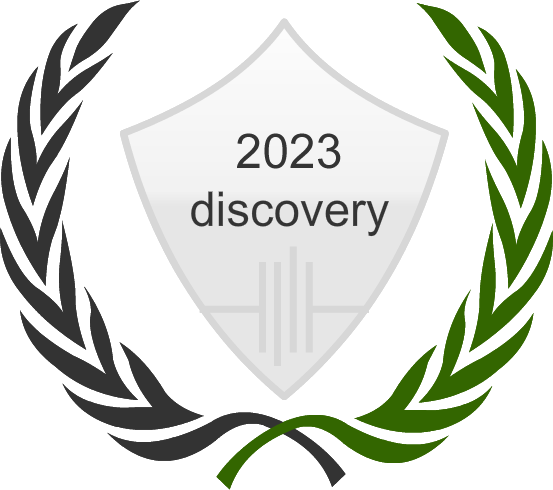
Sanne M. De Smit
Sanne M. De Smit, Thomas D. van Mameren, Yiduo Xie, David P. B. T. B. Strik, Johannes H. Bitter: Trace metals from microbial growth media form in situ electro-catalysts, 2023 Electrochimica Acta
The 2023 Innovation Award for the best technological development goes to:
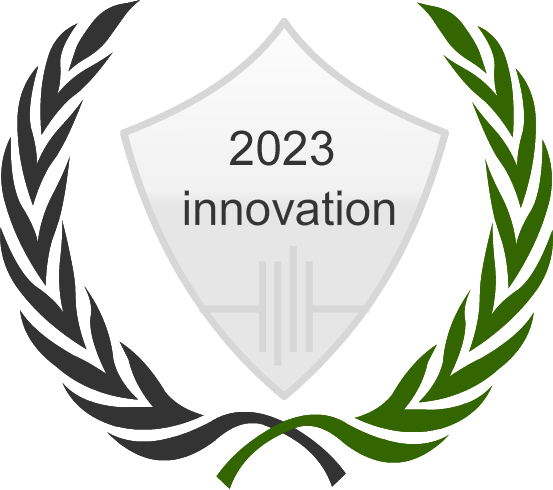
Xiaofang Yan
Xiaofang Yan, Dandan Liu, Johannes B. M. Klok, Sanne M. De Smit, Cees J. N. Buisman, and Annemiek ter Heijne: Enhancement of ammonium oxidation at microoxic bioanodes, 2023 Environmental Science & Technology
Awards Guidelines
Papers/works can only be considered once for the awards.
Nomination deadlines annually are announced in the first quarter of the year via the ISMET website, newsletter and twitter outlets.
Discovery Award for Best Scientific Paper
Description of Award
The purpose of this award is to acknowledge the scientific manuscript published in a peer-reviewed journal that has most furthered the field of Microbial Electrochemical Technologies as encompassed by ISMET. The award is open to postgraduate students, postdoctoral researchers and industry affiliates in all fields including, but not limited to: Microbiology; Electrochemistry; Engineering; Physics; Material Science, associated with microbial electrochemical systems and technologies.
Eligibility for Award
The award is open to all postgraduate students, postdoctoral researchers and industry affiliates who are current ISMET members and are first authors of a scientific research article in a peer-reviewed academic journal published between July 1st of the previous year and the nomination deadline. Publication date is the date the research article becomes available online (with DOI). The student/postgraduate status of the first author is taken at the time of the article submission under consideration.
To be eligible for the award, the nominee must be nominated by the supervisor of the manuscript for which they are nominated. Supervisormust be ISMET members of good standing, may only nominate one student or postdoctoral researcher or industry affiliate per award round.
Innovation Award for Best Technological Advancement
Description of Award
The purpose of this award is to acknowledge the best technical innovation within the field of microbial electrochemical technologies as published between July 1st of the previous year and the nomination deadline. Technical innovations encompass, but are not limited to, all processes, research, design and equipment within the field of microbial electrochemical technologies. The award broadly encompasses new innovations that may or may not have been published in peer review journals that are available in the public domain (e.g. through websites, newspapers, etc.).
Eligibility for Award
The award is open to all postgraduate students, postdoctoral researchers and industry affiliates who are ISMET members in good standing. The nominee must be recognized as the lead person on the technological innovation for which they are nominated. In general, this would be the equivalent of first author on an academic publication. The student/postgraduate status of nominee is determined at the time of the innovation announcement or innovation entering the public domain.
To be eligible for the award, the nominee must be nominated by an ISMET member who has intimate knowledge of the discovery. ISMET members can only nominate one postgraduate student or postdoc or industry affiliate per award round and must provide a written statement of support for the discovery under consideration.
The chair of the awards committee may determine eligibility if required.
Nomination for the Awards
A call for nominations for both the Discovery Award for Best Scientific Paper and the Innovation Award for Best Technological Advancement will be made through the ISMET society and published on the ISMET website, the ISMET newsletter and the ISMET twitter account.
Nominations for both Awards are to be made by the annual nominations deadline (see announcements) to the ISMET awards committee (ismet.awards@gmail.com) by the supervisor of the publication being nominated.
The award nomination should contain the following in an e-mail to ismet.awards@gmail.com
- Full name and affiliation of the nominee.
- Full name and affiliation of the nominator.
- Statement that nominee was a postgraduate student or postdoctoral researcher or industry affiliate at the time of publication.
- Statement that the nominee and nominator are members of ISMET in good standing.
- For Discovery Award: An attachment with the publication for which the nominee is being nominated.
- For Innovation Award: Documentation describing the breakthrough technological innovation.
Further procedures and timelines
- Nominations must be made within the guidelines and time frame provided in the announcement. Failure to do so will make the nomination invalid.
- Nominations will be judged by a panel of peers comprised of ISMET members and experts under the directions of the ISMET board and ISMET awards chair.
- The judging panel will make recommendations to the ISMET awards chair and ISMET Board. The decision of the ISMET board is final.
- Award winners will be notified by email and announced at the next ISMET conference (typically in Fall of the same year).
Previous awards

Ricardo Soares
Ricardo Soares, Nazua L Costa, Catarina M Paquete, Claudia Andreini, Ricardo O Louro: A new paradigm of multiheme cytochrome evolution by grafting and pruning protein modules, 2022, Molecular Biology and Evolution DOI: 10.1093/molbev/msac139
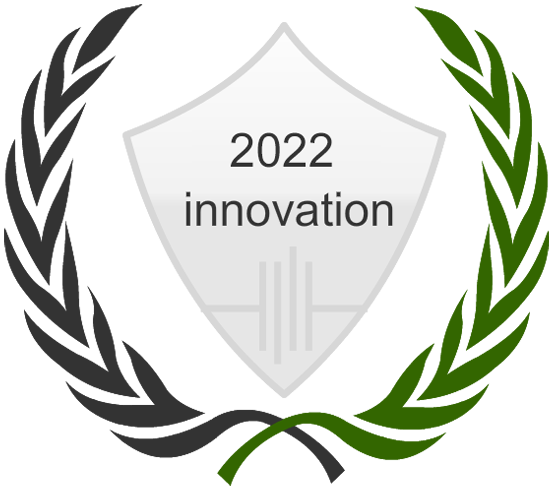
Dr. Ruggero Rossi
Ruggero Rossi, Andy Y Hur, Martin A Page, Amalia O’Brien Thomas, Joseph J Butkiewicz, David W Jones, Gahyun Baek, Pascal E Saikaly, Donald M Cropek, Bruce E Logan: Pilot scale microbial fuel cells using air cathodes for producing electricity while treading wastewater, 2022, Water Research DOI: 10.1016/j.watres.2022.118208
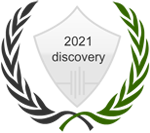
Tianran Sun
Suppressing peatland methane production by electron snorkeling through pyrogenic carbon in controlled laboratory incubations NATURE COMMUNICATIONS (2021) 12:4119 https://www.nature.com/articles/s41467-021-24350-y

Abraham Esteve-Núñez
Modular METland®: a full-scale solution for
treating polluted water
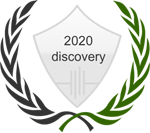
Dario Shaw
Dario Shaw et al. (2020). “Extracellular electron transfer-dependent anaerobic oxidation of ammonium by anammox bacteria”, Nat. Commun. https://www.nature.com/articles/s41467-020-16016-y
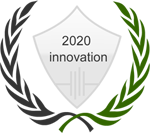
Xi Chen
Xi Chen et al. (2019). “Electrical decoupling of microbial electrochemical reactions enables spontaneous H2 evolution” Energy Env. Science; https://pubs.rsc.org/en/content/articlelanding/2020/ee/c9ee02571e#!divAbstract
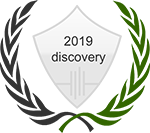
Frauke Kracke
Kracke, F., Wong, A.B., Maegaard, K. et al. Robust and biocompatible catalysts for efficient hydrogen-driven microbial electrosynthesis. Commun Chem 2, 45 (2019). https://doi.org/10.1038/s42004-019-0145-0
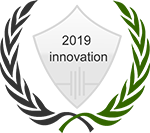
Igor Vassilev
Vassilev, Igor & Kracke, Frauke & Freguia, Stefano & Keller, Jurg & Krömer, Jens & Ledezma, Pablo & Virdis, Bernardino. (2019). Microbial electrosynthesis system with dual biocathode arrangement for simultaneous acetogenesis, solventogenesis and carbon chain elongation. Chemical Communications. 55. 10.1039/C9CC00208A.
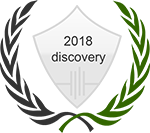
Igor Vassilev
Igor Vassilev, Paula A. Hernandez, Pau Batlle-Vilanova, Stefano Freguia, Jens O. Krömer, Jürg Keller, Pablo Ledezma, and Bernardino Virdis (2018) Microbial Electrosynthesis of Isobutyric, Butyric, Caproic Acids, and Corresponding Alcohols from Carbon Dioxide. ACS Sustainable Chem. Eng. 2018, 6, 8485−8493.
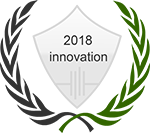
Ludovic Jourdin
Ludovic Jourdin, Sanne M. T. Raes, Cees J. N. Buisman, David P.B.T.B. Strik (2018) Critical Biofilm Growth throughout Unmodified Carbon Felts Allows Continuous Bioelectrochemical Chain Elongation from CO2 up to Caproate at High Current Density. Front. Energy Res. 6:7.
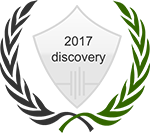
Xu Zhang
Ghent University, Belgium
Zhang X, Philips, J, Roume H, Guo K, Rabaey K, Prévoteau A. (2017) Rapid and quantitative assessment of redox conduction across electroactive biofilms by using double potential step chronoamperometry. ChemElectroChem 4: 1026-1036.
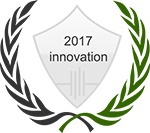
Dr. Dongwon Ki
Arizona State University, USA
Ki D, Popat SC, Torres CI (2016) Reduced overpotentials in microbial electrolysis cells through improved design, operation, and electrochemical characterization. Chem. Eng. J. 287: 181–188

Ludovic Jourdin
University of Queensland, Australia
Jourdin L, Lu Y, Flexer V, Keller J and Freguia S (2016) Biologically induced hydrogen production drives high rate/high efficiency microbial electrosynthesis of acetate from carbon dioxide. ChemElectroChem 3: 581-591.
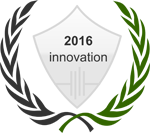
Sylvia Gildemyn
Ghent University, Belgium
Gildemyn S, Verbeeck K, Slabbinck R, Andersen SJ, Prévoteau A and Rabaey K (2015) Integrated production, extraction and concentration of acetic acid from CO 2 through microbial electrosynthesis. ES&T Lett. 2: 325−328.

Simone Schmitz
RWTH Aachen University, Germany
Schmitz S, Nies S, Wierckx N, Blank LM and Rosenbaum MA (2015) Engineering mediator-based electroactivity in the obligate aerobic bacterium Pseudomonas putida KT2440. Front. Microbiol. 6:284.
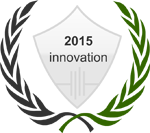
Mohan Qin
Virginia Tech, USA
Qin M and He Z (2014) Self-supplied ammonium bicarbonate draw solute for achieving wastewater treatment and recovery in a microbial electrolysis cell-forward osmosis-coupled system. Environ. Sci. Technol. Lett. 1 (10): 437–441.
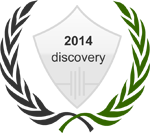
Kun Guo
Ghent University, Belgium
Guo K, Freguia S, Dennis PG, Chen X, Donose BC, Keller J, Gooding JJ and Rabaey K (2013) Effects of surface charge and hydrophobicity on anodic biofilm formation, community composition, and current generation in bioelectrochemical systems. Environ. Sci. Technol. 47:7563-7570.

Dr. Krishna Katuri
KAUST, Saudi Arabia
*Malaeb L, *Katuri K, Logan BE, Maab H, Nunes S and Saikaly PE (2013) A hybrid microbial fuel cell membrane bioreactor with a conductive ultrafiltration membrane biocathode for wastewater treatment. Environ. Sci. Technol. 47: 11821-11828.
*These authors contributed equally to this work
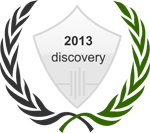
Sudeep C. Popat
PhD supervised by César I. Torres, PhD as the recipient of the Discovery Award for Best Scientific Paper Published in 2012
S. C. Popat, D. Ki, B. E. Rittmann, and C. I. Torres. Importance of OH- transport from cathodes in microbial fuel cells. ChemSusChem, 2012, 5, 1071-1079.

Elliot S. Friedman
PhD supervised by Largus T. Angenent, PhD as the recipient of the Innovation Award for Best Technological Advancement for 2012
Friedman E. S., Rosenbaum M. A., Lee A. W., Lipson D. A., Land B. R. and Largus T. Angenent L. T. (2012). A cost-effective and field-ready potentiostat that poises subsurface electrodes to monitor bacterial respiration. Biosensors and Bioelectronics, Vol. 32, No. 1, pp. 309-313.
